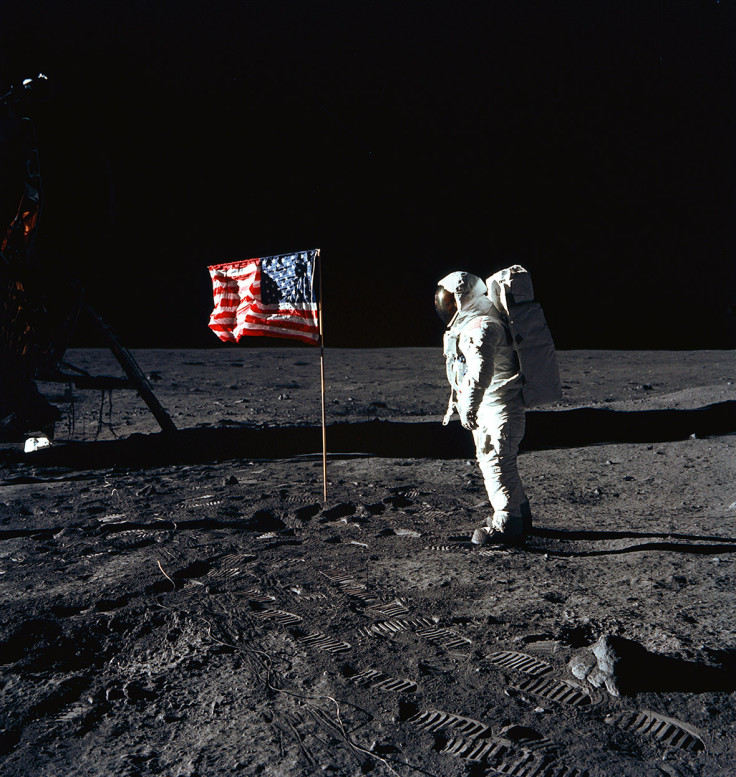Asymmetric dust cloud circling the moon will wipe Neil Armstrong footprints from lunar surface

The moon has a permanent and lopsided dust cloud surrounding it caused by high-speed bombardment of the surface by particles from comets, researchers have discovered.
Researchers from the University of Colorado Boulder also found this lunar dust cloud gets denser during meteor showers – particularly the Geminids in December.
Publishing their findings in the journal Nature, researchers said the study indicates all other airless planetary objects probably have similar dust clouds.
The cloud is made from tiny grains of dust that have been thrown up from the moon's surface as a result of the impact of high-speed interplanetary dust particles. One single particle hitting the moon displaces thousands of smaller dust particles into this airless environment.
The cloud is continually maintained by a constant bombardment – and will eventually wipe surface features from the moon and similar airless bodies.
Lead author Mihaly Horanyi told IBTimes UK: "The continual dust bombardment grinds the surface and slowly but surely erases surface features – eventually even the footprint of the astronauts. The small lunar dust particles are pieces of broken glass – so the surfaces of other airless bodies could be quite similar to that of our own moon."
The cloud was discovered with Nasa's Lunar Atmosphere and Dust Environment Explorer, or LADEE, which orbited the moon for six months. During the mission, it recorded 140,000 impacts.

"We were hoping to find this cloud," Horanyi said. "But the only other places ejecta clouds were noticed were the icy moons of Jupiter by the dust instrument of the Galileo mission. But the dusty regolith surface of the Moon very different from solid ice, and the incoming particles could have just get buried without generating any outgoing dust.
"Perhaps the biggest surprise was that the cloud is not symmetric about the Moon, it is much denser on the side pointing in the orbital motion of the Earth/Moon about the Sun."
The idea of lunar dust clouds were first proposed in the 1960s and later reported about by astronauts during the Apollo 15 and 17 mission. They claimed to see a "horizon glow", but subsequence observations did not support their sightings.
Horanyi's latest findings do not fit with the idea of a thicker, higher dust cloud. But they do not rule out the cloud could have been different all those decades ago. "We could not explain the Apollo observations," he said. "We detected a dust cloud that is much more dilute and is comprised of much bigger particles that could not explain the Apollo reports.
"On the other hand, we did look for the high-density small particle population over the terminator region – that could have explained the astronaut statements – but we have found no evidence for it."
The team now plans to look for dust on Pluto and its moons as part of the New Horizons mission.
© Copyright IBTimes 2025. All rights reserved.






















